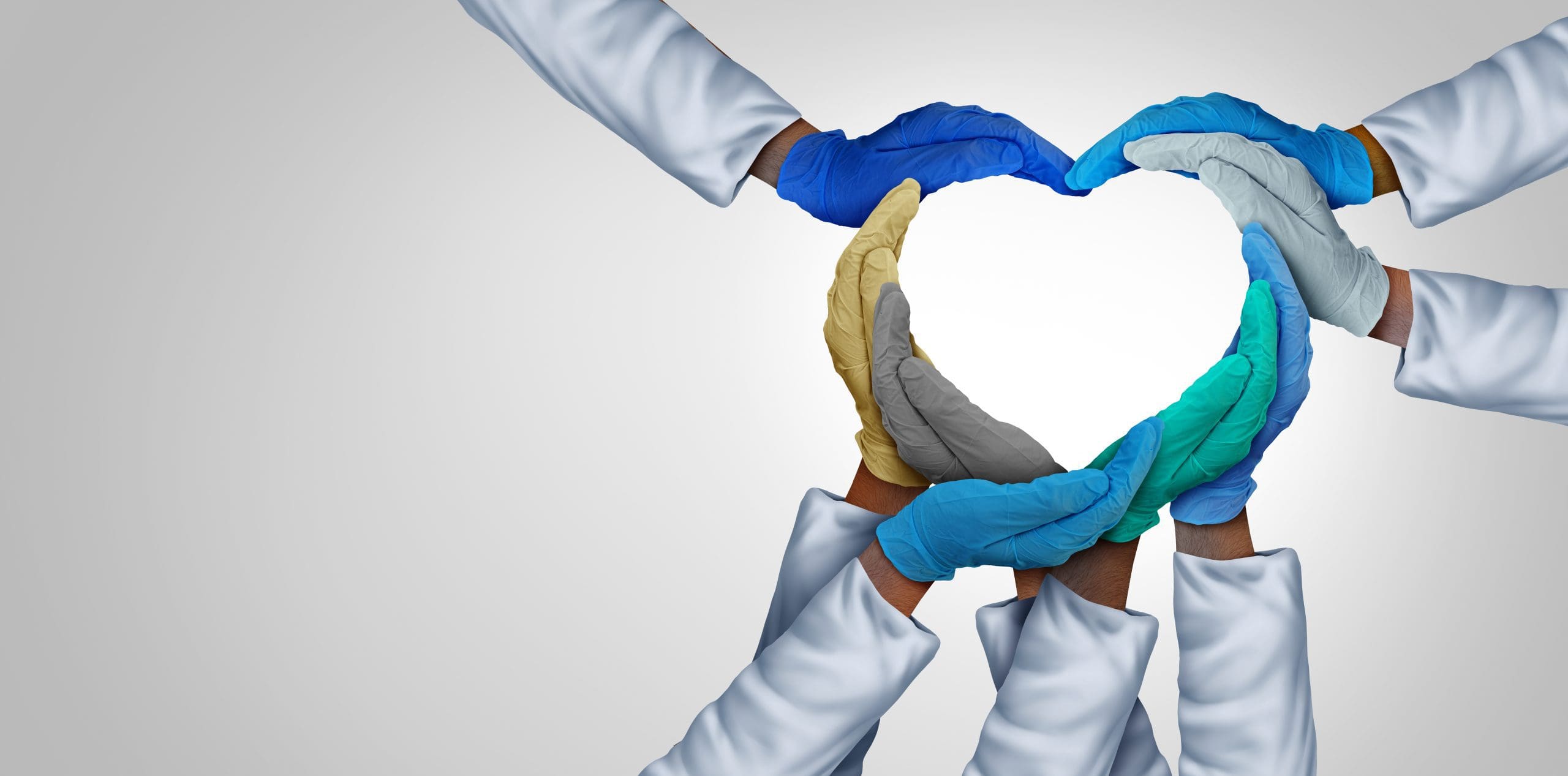Lessons learned from 1918 d
In 1918, the “Spanish flu” killed most people who were infected. Thanks to the efforts of thousands of researchers across the globe, we eventually developed effective treatments (monoclonal antibodies of various types). At the time, however, with no vaccine, no treatment to protect against infection, and no antibiotics to treat secondary bacterial infections, worldwide control efforts were limited to nonpharmaceutical interventions such as isolation, quarantine, personal hygiene, disinfectants, masks, and limitations on public gatherings, which were applied unevenly. Those tactics also work today, but with the politicization of COVID-19, we still have uneven application.
In 1918, U.S. deaths were particularly high among Native American populations. In some cases, entire communities were wiped out. Today’s situation is similar, and we include Latino and Black populations that are being disproportionately affected. We can do more now to help the pandemics’ victims, but only individuals (the virus’s potential victims) can protect themselves by using public health measures. I find it fascinating, but not particularly surprising, that far fewer nurses (only 250 in the English-speaking world) died of Spanish flu, despite their exposure, than any other group. Why? Because they followed public health measures strictly and consistently. According to the International Council of Nurses, at least 1,500 nurses across the globe have died from COVID-19. Why? We don’t yet know the reasons for the difference, but we do know that nurses and nursing students responded fully to each pandemic, doing their best to protect patients.
In The Spanish Influenza Pandemic of 1918-1919: New Perspectives, contributor Nancy Bristow explains the experience of a nursing student, Mabel Chilson, one of many at Fort Des Moines who decided to help those in need. She wondered, “‘Were we helpless or could we fight?’ With eager determination we entered the ranks (of the helpers).” Once at work, the nurses “soon became the happiest family, and when off duty we had jolly good times. The greatest comfort we possessed was the knowledge that each girl was doing her best and making good as a nurse.” Bristow goes on to explain: “In the context of this ghastly disease and its epidemic incarnation, Nurse Chilson’s positive response to her experiences is noteworthy, made all the more so by the extent to which other nurses recorded similar reactions. Mabel Chilson’s sense of satisfaction with nursing efforts during the epidemic was mirrored in the diaries, letters, and more public published accounts of nurses throughout the United States. Though acknowledging the horror of the disease and the wretched state of its victims, nurses often recounted their experiences in the epidemic positively, emphasizing the opportunity it held for meaningful ministration.”
Nurses today are playing even more important roles, and the American Nurses’ Association is calling for local and state officials to better protect those who are working directly with sick patients. I hope you take a cue from Nurse Chilson’s experience of satisfaction in a job well done and take time to appreciate the importance of what you do.


Leah Curtin, RN, ScD(h), FAAN
Executive Editor, Professional Outreach
American Nurse Journal
Reference
Killingray D, Phillips H. The Spanish Influenza Pandemic of 1918-19: New Perspectives. Oxfordshire, England: Routledge; 2003.



















2 Comments.
How many nurses caught the flu and lived? How many caught COVID and lived? Nurses in 1918 were much more likely to be young and healthy at baseline. Our aging population, plus the fact that nurses do not today generally leave nursing when they marry and have children has changed the whole picture of who nurses are. Also even those, including myself, who followed all precautions to the letter, still got COVID. It seems a more formidable enemy in many ways.
Nurses today have access to hand sanitizer, gloves, goggles, better masks, respirators, and face shields, though many of these were hard to come by early in the pandemic. So many things should have helped us, yet many of us died. Imagine if we did not have these things. Frightening. This has changed the view of nursing for many. I no longer feel that I can protect myself with knowledge and PPE. I feel now that I have a very dangerous job.
Thank-you for writing this and acknowledging how nurses managed during the Spanish flu epidemic. We all need to recognize what every nurse has and continues to do for all during this current epidemic. Such a vital part in the lives that they touch. I pray that the 1,500 nurses that have died from COVID-19 across the globe did not die because of the lack of PPE or lack of ALL acknowledging the seriousness of COVID-19. I doubt if there was as much discussion of conspiracy theories or down play of the Spanish flu epidemic as there was and is regarding COVID-19. People need to believe the science and listen to those who work in the medical field to ensure that we get a handle on this epidemic and future ones to come.